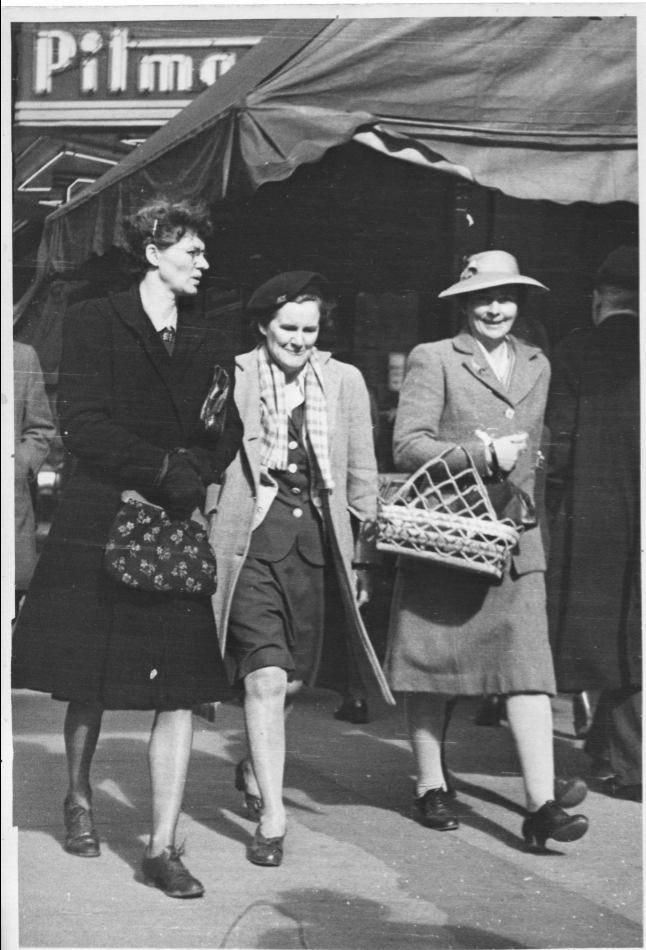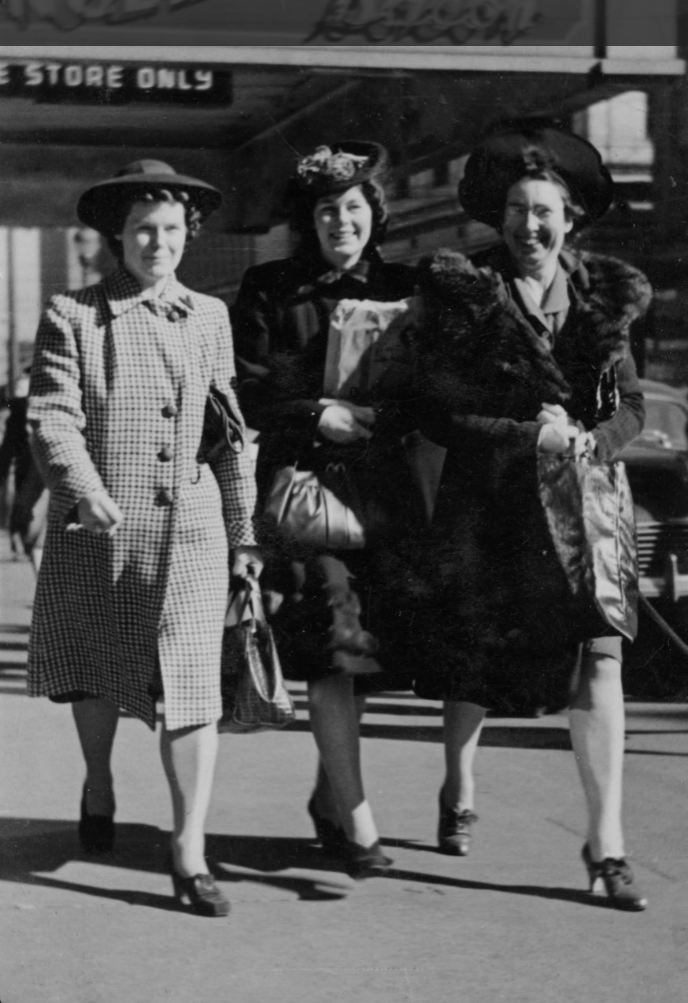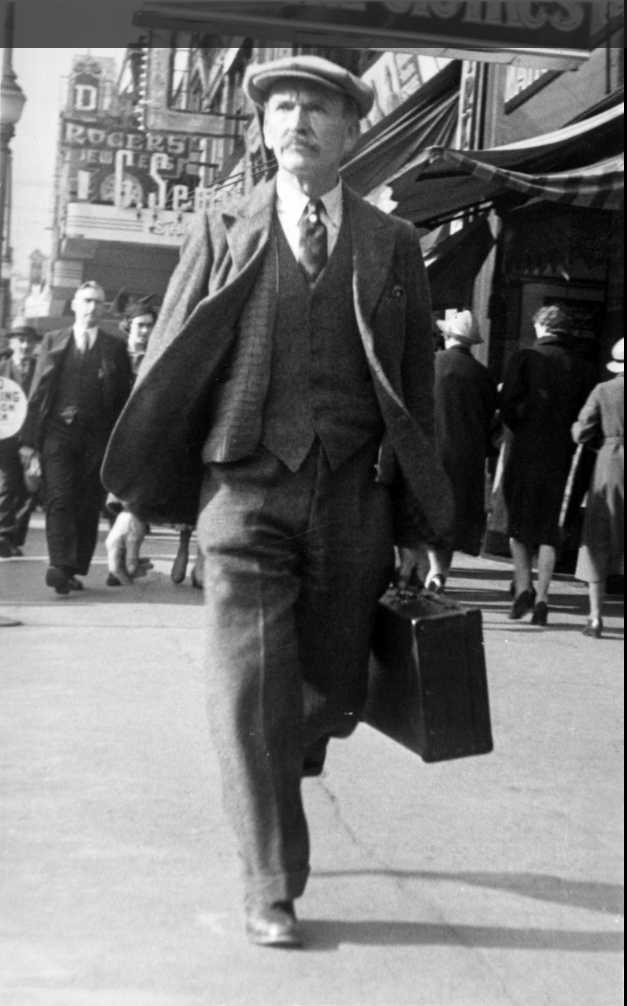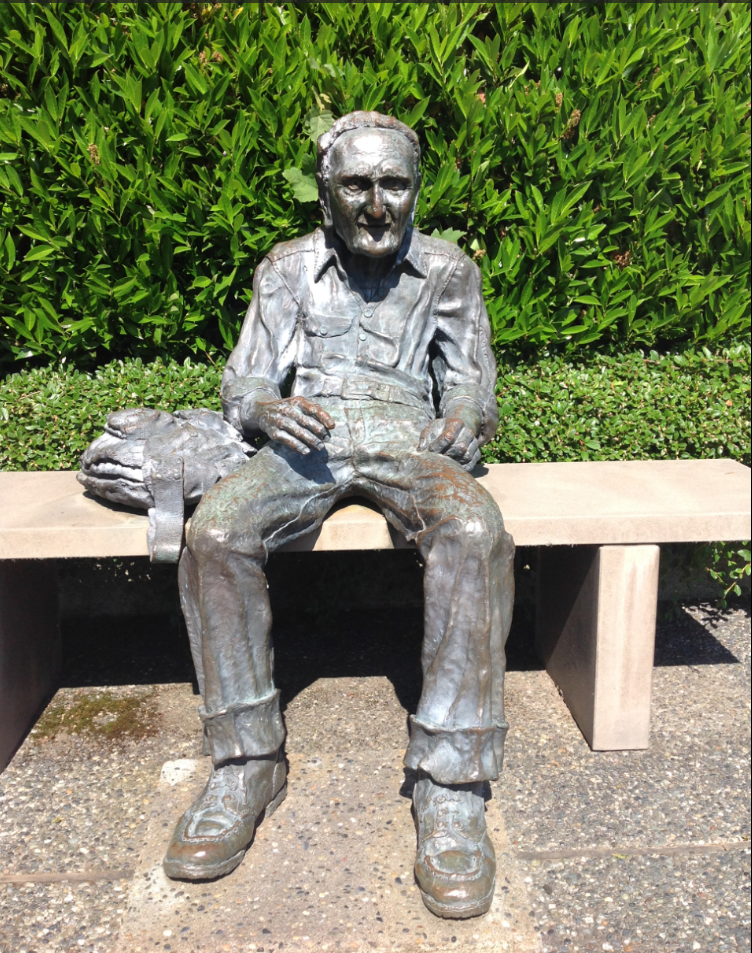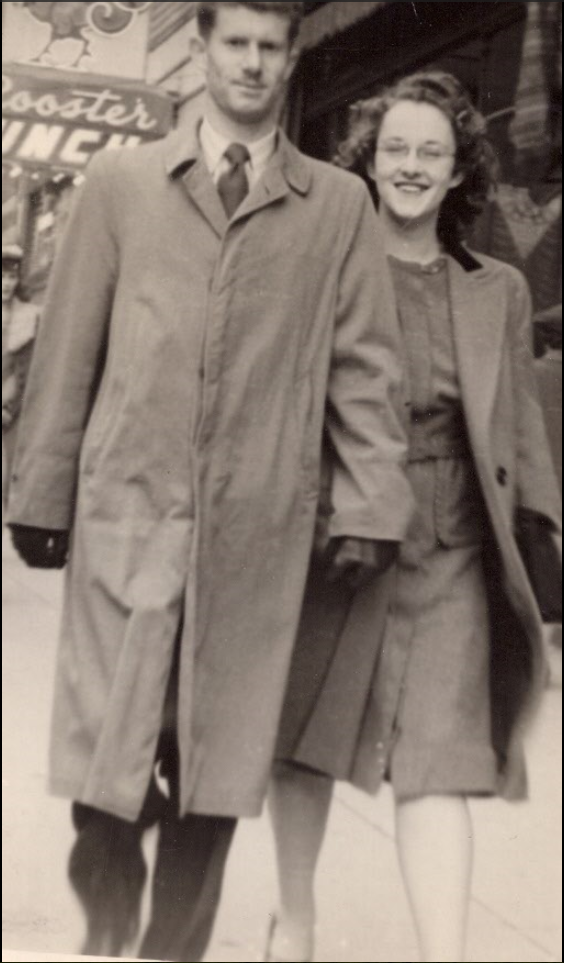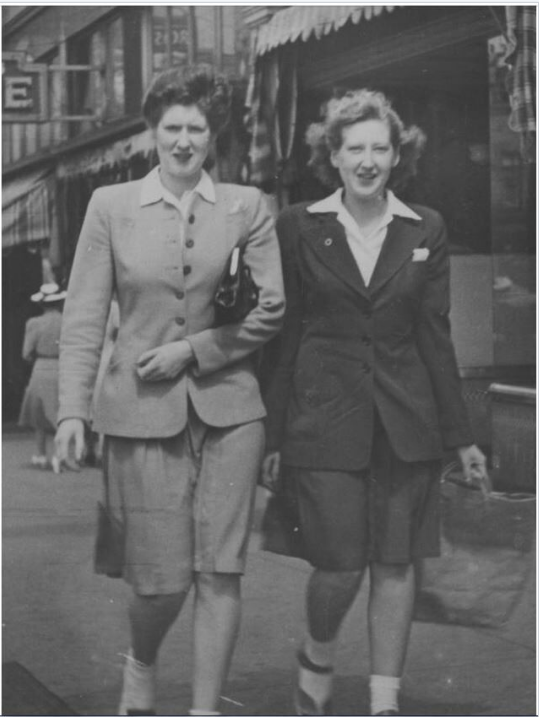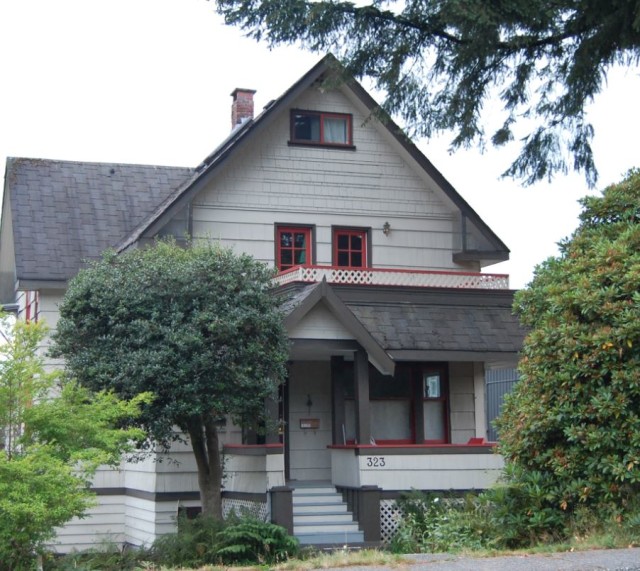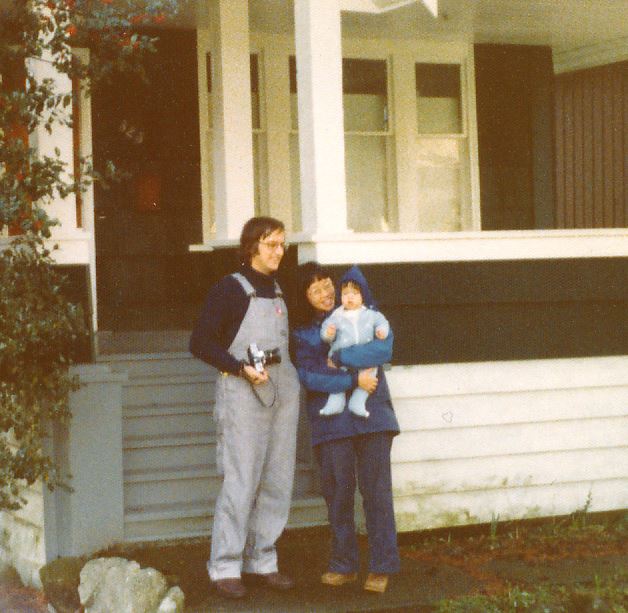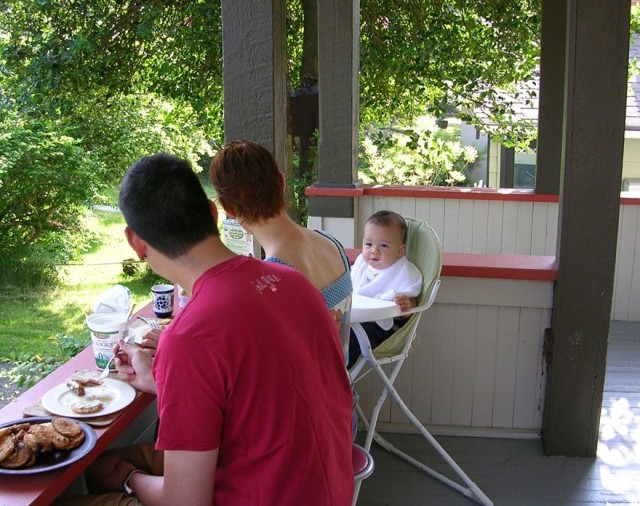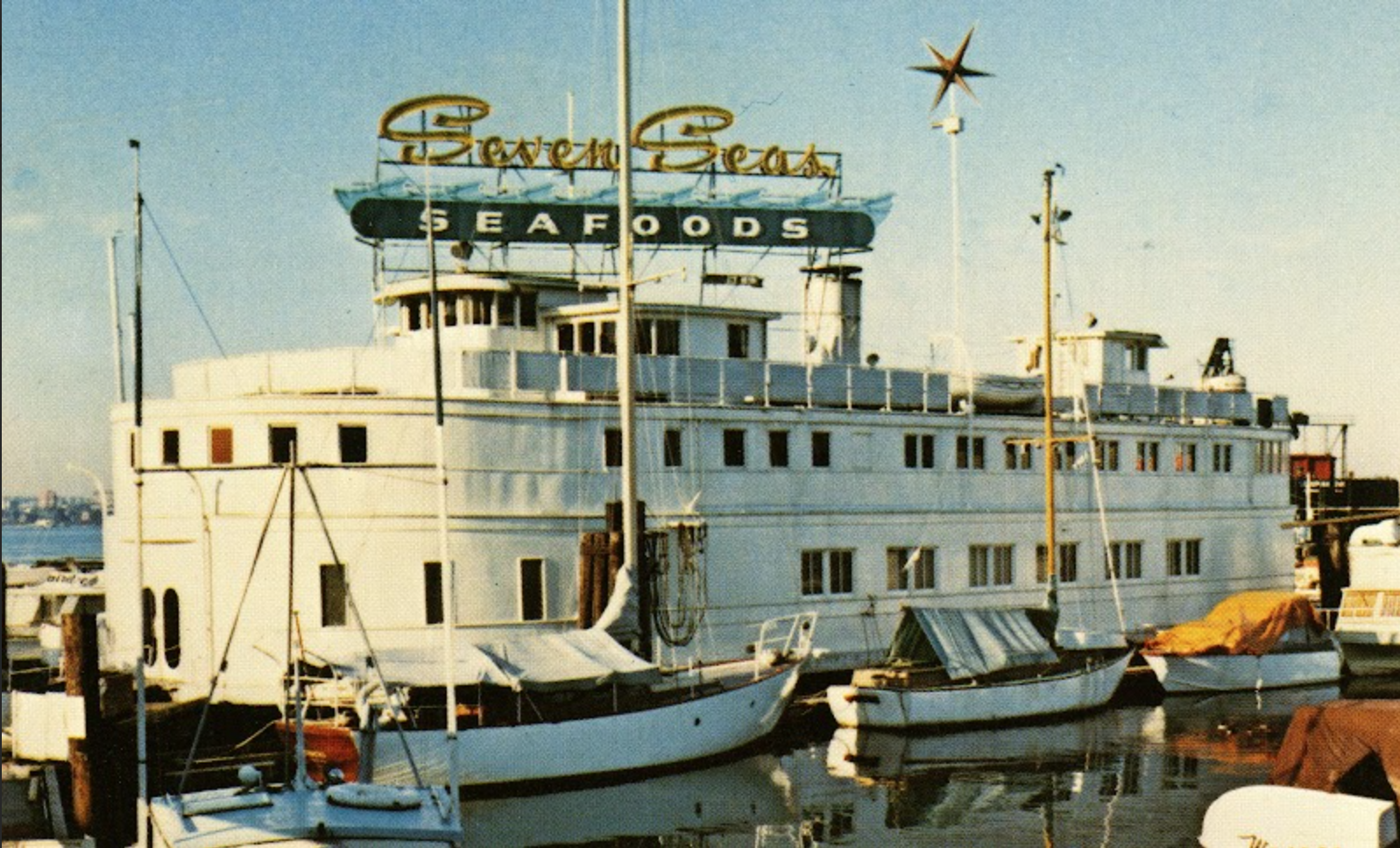
Do you remember the Seven Seas Restaurant? It was moored at the foot of Lonsdale from 1959 to 2002. The restaurant had a crazy 48-foot neon sign easily visible from East Vancouver, and it was the place where locals had their first drink, got engaged, and ate at the city’s biggest seafood buffet.
From Vancouver Exposed: Searching for the City’s Hidden History
Before it was a restaurant, the Seven Seas was Ferry No. 5—the last of the North Vancouver ferries. No. 5 was built in 1941 to carry up to 600 people and 30 vehicles across Burrard Inlet. During the war, the ferries ran day and night, bringing thousands of shipyard workers to Burrard Dry Dock and North Vancouver Ship Repairs.
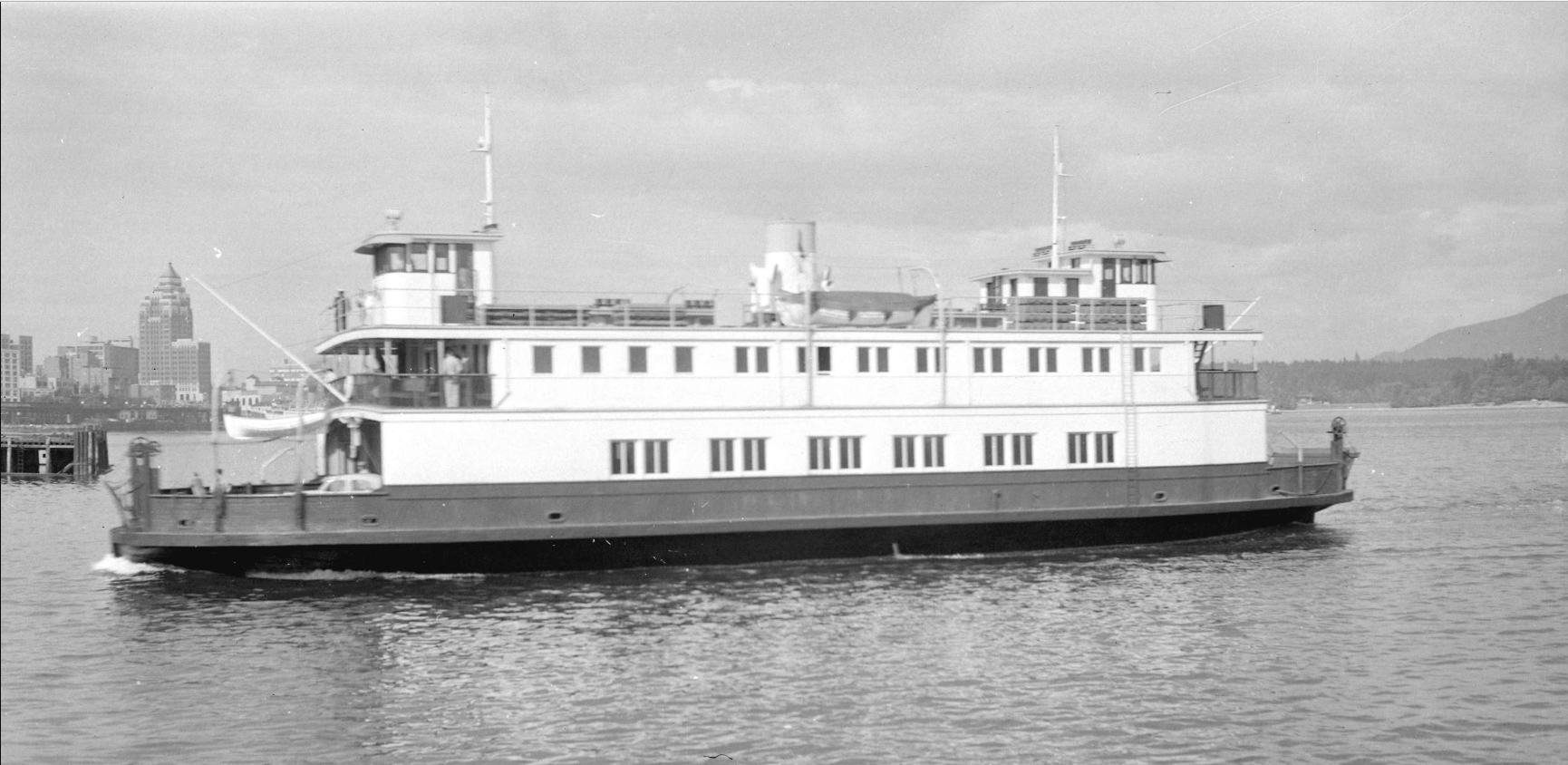
After the war, people preferred to drive, and ridership went into steady decline. Ferry No. 5 made its final run across the Inlet on August 30, 1958, lasting eleven years longer than the streetcars that once carried the passengers up Lonsdale.
Jeanne Nielsen remembers taking the ferry from Vancouver with her grandmother when she was nine years old. “It was really an adventure I just loved going, it was a big deal,” she says.
When the ferry service ended, the City of North Vancouver sold No. 5 to restauranteur Harry Almas who owned the King Neptune Seafood Restaurant in New Westminster. Almas paid $12,000 which included a five-year lease for the waterfront lot. He then spent ten times the purchase price converting the car deck into two dining rooms and a kitchen. Almas kept the two wheelhouses on the upper deck and the ship’s funnel.
When Ferry No. 5 became the Seven Seas Restaurant, Jeanne went there with her friends. “We used to think it was fantastic. I remember us going there in our late teens and early 20s and having this incredible seafood buffet—they even had frog legs,” she says. “I thought that it was a shame when they closed it down.”
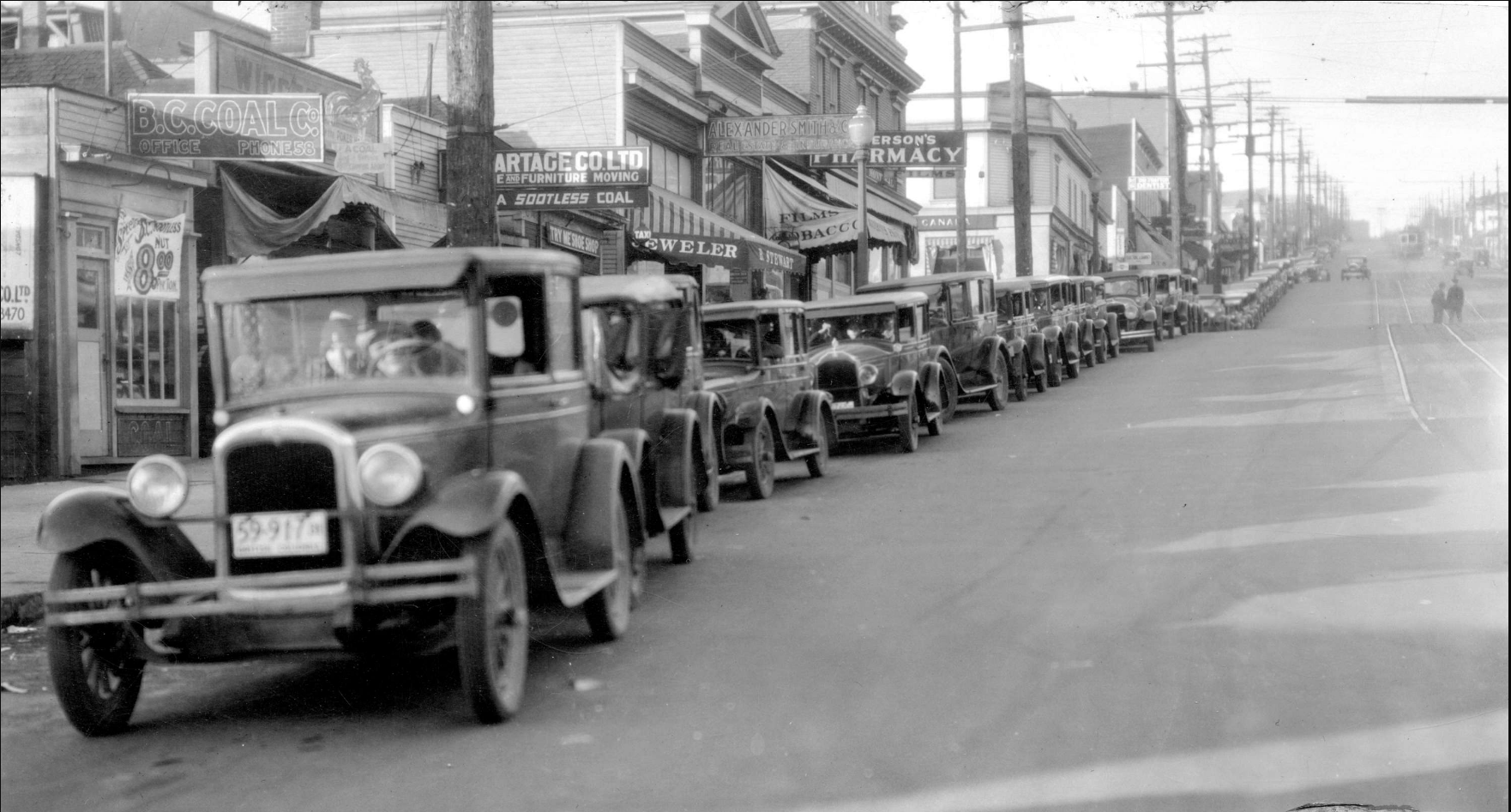
The ship’s heritage significance was recognized on the City of North Vancouver’s Heritage Inventory in 1994. But the vessel was aging, and the cost of repairs became a court battle between the Almas family and the City. It ended in federal court in 2001. The following year the restaurant was dismantled, towed to Vancouver Pile Driving at the foot of Brooksbank Avenue, and demolished.
The neon sign, it seems, was lost to history.
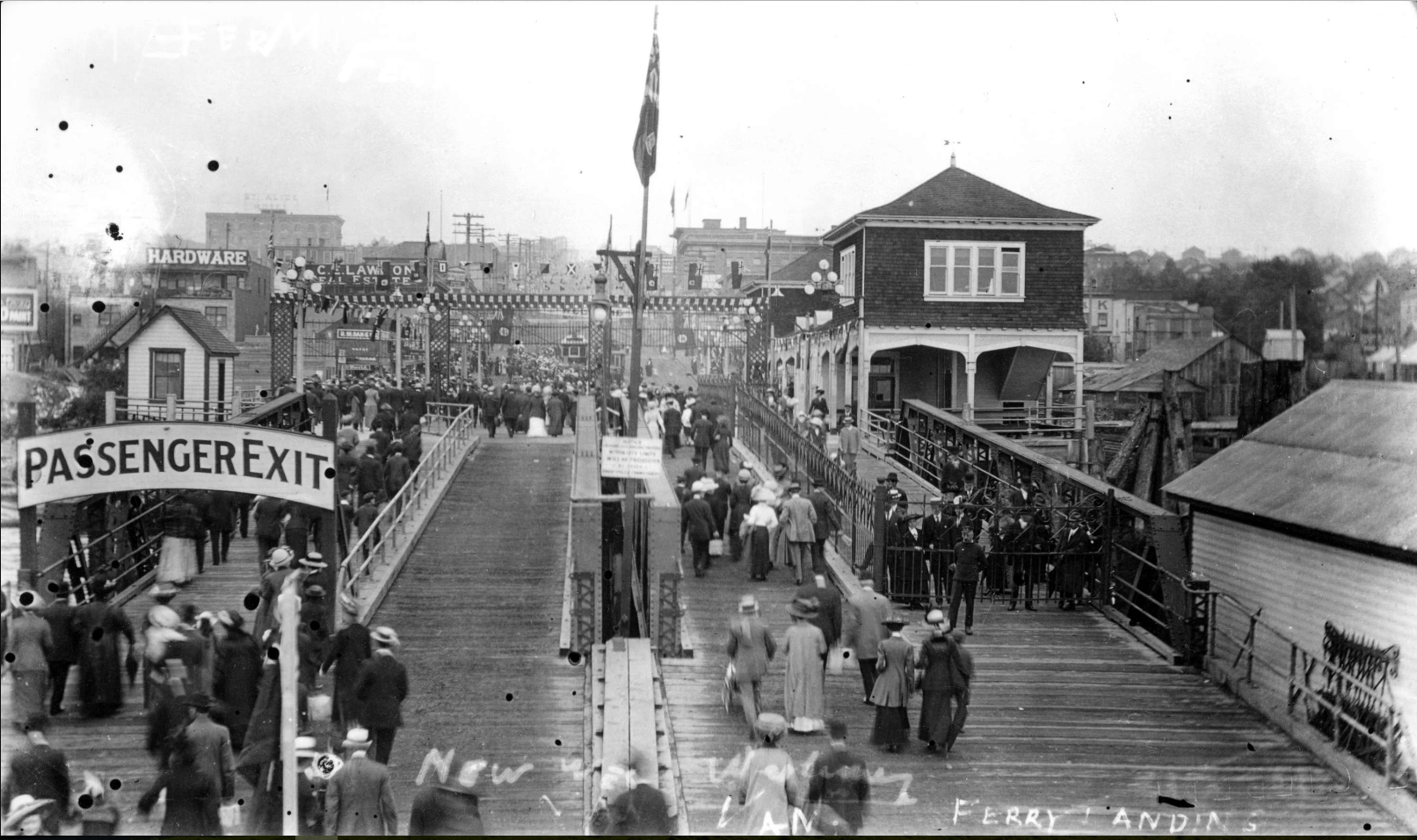
© All rights reserved. Unless otherwise indicated, all blog content copyright Eve Lazarus.


